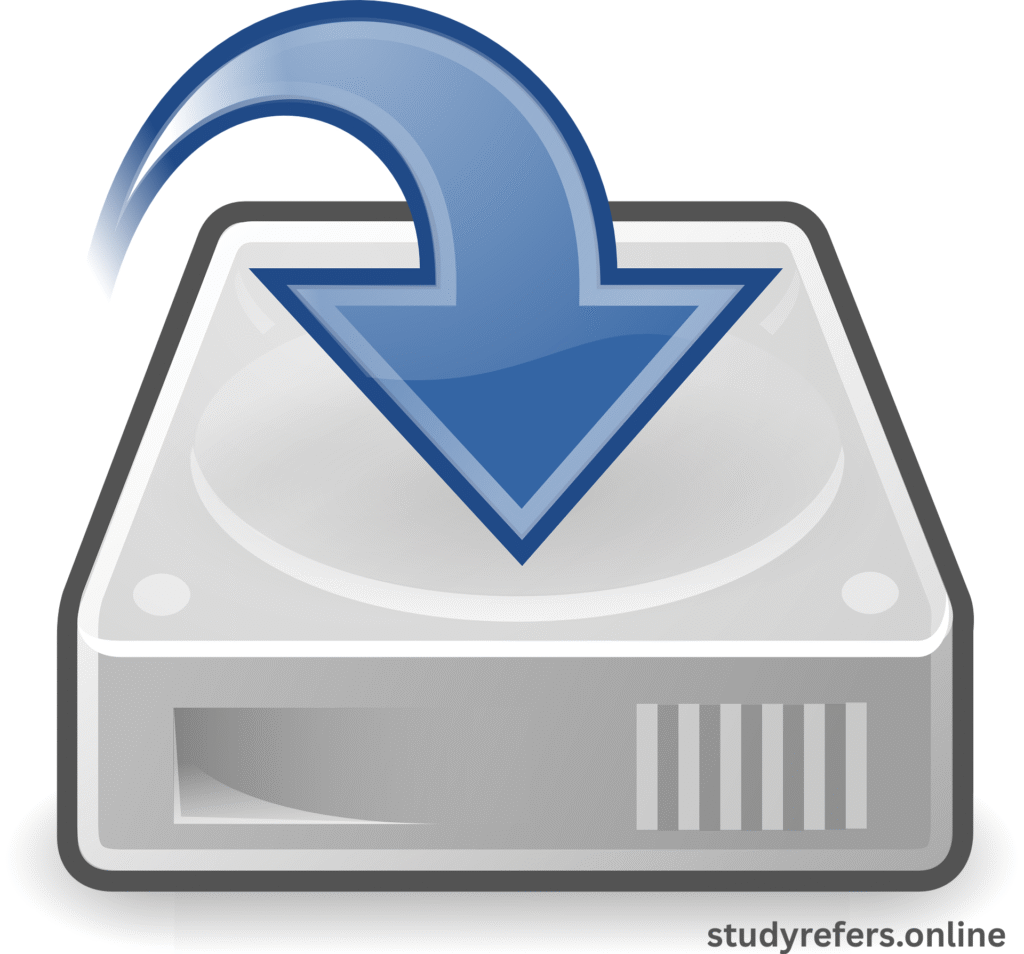Introduction to Technology Drive
The phrase “Technology Drive” captures the unstoppable pace of advancements in technology moving businesses, industries, and societies ahead. Artificial intelligence to cloud computing, technology fuels innovation, efficiency, and competitiveness in the modern digital age. As businesses compete to implement cutting-edge solutions, knowledge of what drives this pace is essential for staying ahead of the curve. This blog post, written with the keyword “Technology Drive,” delves into what drives growth through technology, its influence on different industries, upcoming trends, and implications of the future as of June 19, 2025, providing key learnings for business leaders, technology geeks, and professionals.

What Is Technology Drive?
“Technology Drive” is the dynamic energy of technological innovation that changes the way business firms operate, compete, and create value. It is the implementation of disruptive technology—such as AI, machine learning, blockchain, and IoT—to make processes better, improve customer experiences, and unlock new opportunities. It can be seen in sectors such as healthcare, finance, manufacturing, and retail, where technology solutions reshape conventional models.
Recent debates on X point out the buzz surrounding Technology Drive, as users comment on how AI-facilitated instruments and automation are “transforming workplaces.” One post commended technology-driven startups for “shaking up legacy systems,” highlighting the disruption caused by this trend. As companies adopt these technologies, Technology Drive continues to influence the world economy.
Important Elements of Technology Drive
1. Artificial Intelligence and Machine Learning
AI and ML sit at the core of Technology Drive, facilitating data-driven decision-making and automation. From chatbots improving customer service to predictive analytics streamlining supply chains, these technologies enhance efficiency. In a report by Gartner in 2025, it estimates that 70% of organizations will have AI-driven solutions, demonstrating increasing impact.
2. Cloud Computing
Cloud tech fuels scalability and flexibility, enabling companies to tap into resources as-needed. This platforms such as AWS, Azure, and Google Cloud enable companies to innovate without the expense of cumbersome infrastructure. X users commonly share how cloud adoption has “levelled the playing field” for startups.
3. Internet of Things (IoT)
IoT links devices to gather and analyze information, propelling intelligent solutions across sectors such as manufacturing and medicine. For instance, IoT-based sensors streamline factory operations, and wearable technology tracks patients’ conditions. This interconnectivity powers Technology Drive by providing real-time insights.
4. Blockchain and Cybersecurity
Blockchain increases security and transparency in transactions, with advanced cybersecurity ensuring digital assets are secure. With increasing cyberattacks, companies are making these technologies their top priority in order to protect data, a tendency observed on X as “critical for trust in digital ecosystems.”
How Technology Drive Impacts Businesses
1. Improved Efficiency and Productivity
Technology Drive automates and analyzes operations to streamline. For example, robotic process automation (RPA) minimizes manual work, conserving time and expenditure. McKinsey estimates that global productivity would grow by 1.4% a year through automation, highlighting its potential for change.
2. Enhanced Customer Experiences
Data-driven and AI-powered personalization increases customer satisfaction. Recommendation engines are used by retailers to customize offers, while chatbots offer assistance 24/7. X posts frequently feature how “seamless digital experiences” create brand loyalty.
3. Competitive Advantage
Businesses adopting Technology Drive have a competitive advantage. Early movers in 5G, for instance, provide quicker services, with customers gravitating towards them. A 2025 report by Deloitte cites that tech-aware companies exceed their rivals by 20% in terms of revenue growth.
4. Innovation and New Business Models
Technology Drive promotes disruptive models, such as subscription-based software (SaaS) or platform economies (e.g., Uber, Airbnb). Startups that use AI or blockchain develop new solutions, redefining sectors and generating X discussions regarding “the future of work.”
Fresh Trends in Technology Drive for 2025
1. Generative AI Expansion
Generative AI, with the ability to generate content such as text, images, and code, is revolutionizing industries. Technologies such as those talked about on X are being incorporated into marketing, design, and software development, enhancing creativity and productivity.
2. Sustainability Through Tech
Tech Drive facilitates sustainable efforts, including AI-optimized energy grids and IoT-based waste management. In 2025, a survey of CEOs conducted by PwC identified that 60% of CEOs focused on technology for sustainability, in alignment with international climate objectives.
3. Growth of Edge Computing
Edge computing hosts data nearer to its origin, minimizing latency for IoT and 5G use cases. The trend, identified on X, is imperative for real-time applications such as self-driving cars and smart cities.
4. Quantum Computing Exploration
Although in its infancy, quantum computing holds the promise of significant advancements in areas such as cryptography and pharmaceutical discovery. IBM and Google are among the companies pouring money into it, leading to hype on X regarding its ability to “reshape Technology Drive.”
Technology Drive Challenges
1. Technological Skill Gaps
Accelerated adoption of tech brings a need for skilled talent in AI, cloud, and cybersecurity. According to a LinkedIn report, there is a 25% skills gap in tech positions that need to be addressed through upskilling to match Technology Drive.
2. Cybersecurity Threats
As technology progresses, so do cyber threats. Ransomware attacks increased 30% in 2024, according to a Sophos report, with companies investing in secure measures to maintain Technology Drive safely.
3. Ethical Issues
Data-driven technologies and AI present privacy and bias concerns. X users widely discuss the necessity of “ethical AI frameworks” to guarantee that Technology Drive is in line with social values.
4. Implementation Cost
Implementation of leading-edge tech involves high investment, which is difficult for SMEs. Cloud-based technology and open-source tools are making access more democratic, according to discussions on X.
How to Leverage Technology Drive for Your Business
To take advantage of Technology Drive, follow these steps:
- Assess Needs: Determine where technology can enhance efficiency or customer engagement.
- Invest in Training: Upskill staff in AI, cloud, or data analytics to close skill gaps.
- Partner with Experts: Work with IT consultants or staffing agencies such as Spectraforce Technologies to deploy solutions.
- Stay Informed: Follow thought leaders on X or sign up for tech magazines for insight into trends such as generative AI or edge computing.
Final Thoughts: Embracing Technology Drive
Technology Drive is more than a buzzword—it’s a revolutionary force that is transforming the way businesses compete and operate. Whether it’s AI and cloud computing, IoT and blockchain, or other technologies, these breakthroughs provide the potential to innovate, automate, and expand. By anticipating trends and tackling challenges such as skill gaps and cybersecurity threats, organizations can harness Technology Drive for long-term success.
What’s your take on Technology Drive? Share your thoughts or favorite tech trends in the comments! For more insights on digital transformation and innovation, subscribe to our newsletter or follow us on social media.
